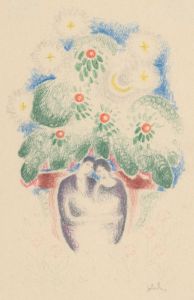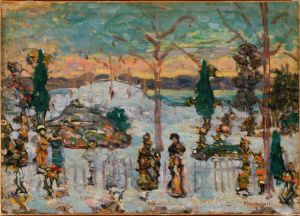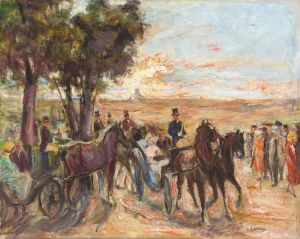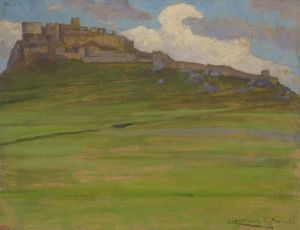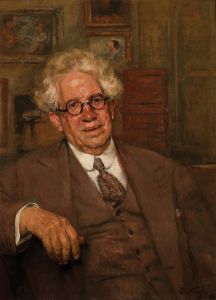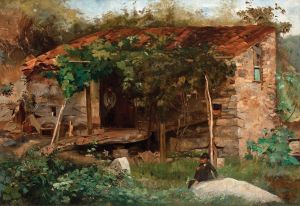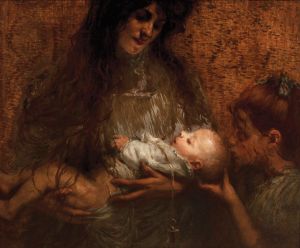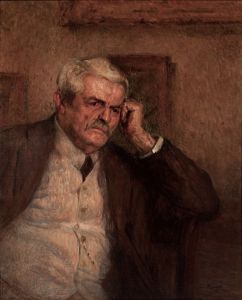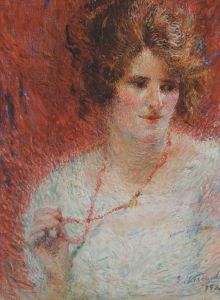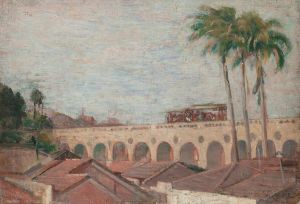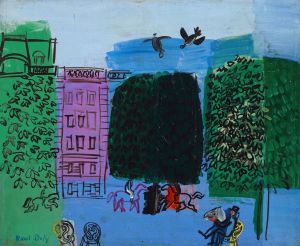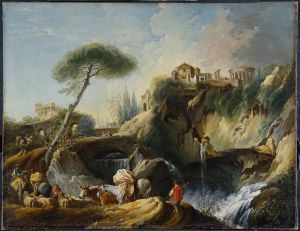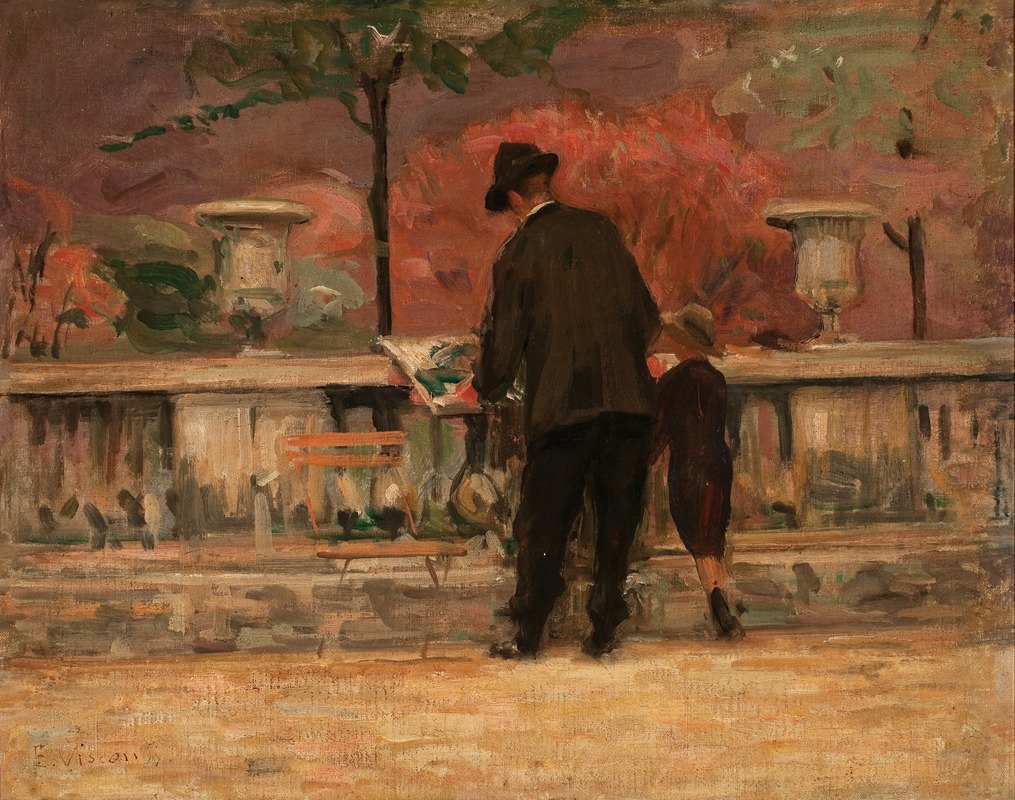
Jardim do Luxemburgo
A hand-painted replica of Eliseu Visconti’s masterpiece Jardim do Luxemburgo, meticulously crafted by professional artists to capture the true essence of the original. Each piece is created with museum-quality canvas and rare mineral pigments, carefully painted by experienced artists with delicate brushstrokes and rich, layered colors to perfectly recreate the texture of the original artwork. Unlike machine-printed reproductions, this hand-painted version brings the painting to life, infused with the artist’s emotions and skill in every stroke. Whether for personal collection or home decoration, it instantly elevates the artistic atmosphere of any space.
Eliseu Visconti's Jardim do Luxemburgo is a painting created by the Brazilian artist Eliseu Visconti, who is widely regarded as one of the most important figures in Brazilian art history. Visconti was a key proponent of Impressionism and Symbolism in Brazil and played a significant role in introducing modern artistic movements to the country. Born in Salerno, Italy, in 1866, Visconti emigrated to Brazil as a child and later became a prominent figure in the Brazilian art scene.
The painting Jardim do Luxemburgo (translated as "Luxembourg Garden") depicts the famous Jardin du Luxembourg in Paris, France. This public park, located in the 6th arrondissement of Paris, is renowned for its beautifully landscaped gardens, fountains, and sculptures. It has long been a source of inspiration for artists, writers, and poets. Visconti painted this work during one of his stays in Paris, where he studied at the École des Beaux-Arts and was influenced by the artistic movements flourishing in Europe at the time.
Jardim do Luxemburgo reflects Visconti's mastery of light, color, and atmosphere, hallmarks of the Impressionist style. The painting captures the serene beauty of the garden, with its lush greenery, pathways, and possibly figures enjoying the tranquil environment. Visconti's use of soft brushstrokes and a vibrant yet harmonious color palette demonstrates his ability to convey the fleeting effects of light and the essence of the scene.
This work is significant as it represents Visconti's engagement with European artistic trends while maintaining his unique perspective as a Brazilian artist. His time in Paris allowed him to absorb the techniques and ideas of Impressionism, which he later adapted to his own artistic vision. Paintings like Jardim do Luxemburgo highlight the cultural exchange between Europe and Brazil during the late 19th and early 20th centuries.
The exact date of the painting's creation is not widely documented, but it is likely to have been produced during one of Visconti's periods in Paris, either in the late 19th century or early 20th century. Today, Jardim do Luxemburgo is considered an important example of Visconti's work and a testament to his ability to blend European influences with his own artistic identity.
Further details about the painting's current location or ownership are not readily available in public records.






